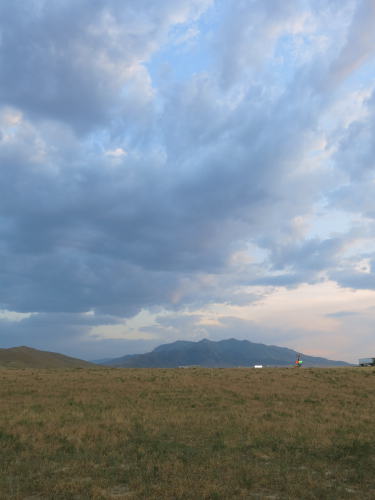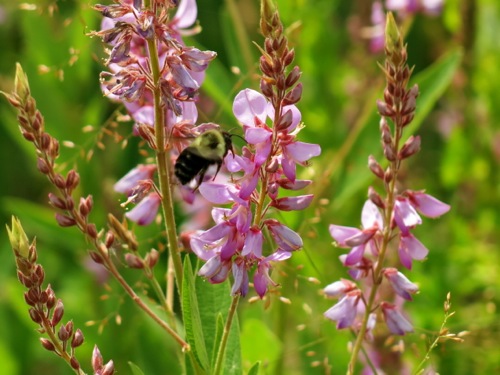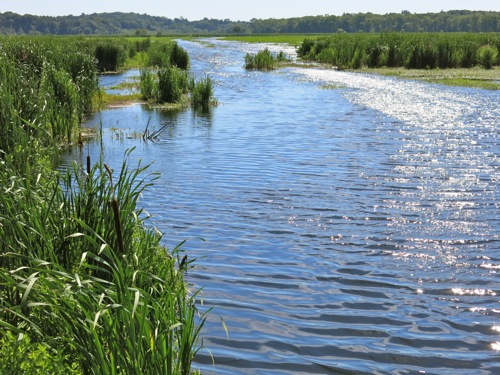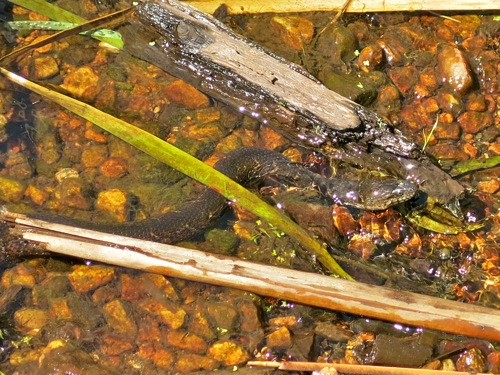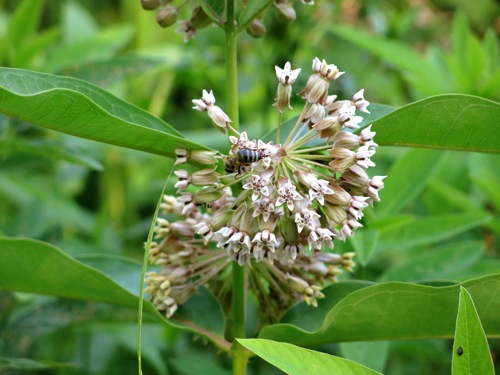As usual on one of these cross-country trips, I got a late start on the first day. Carol was going off to Lake Tahoe with her friend Elaine, and I sat and talked with Elaine while Carol finished getting ready. Elaine has lived all her life in the Bay Area. She grew up in the city — that is, in San Francisco. Even though San Jose is more populous and has more land area, San Francisco is “the city” in the Bay Area, while San Jose is not even a place. Joan Didion, a fifth generation Californian, once wrote that the problem with California is that every place is starting to look like San Jose; not a real place, just featureless sprawl; but San Francisco is still a real place, and so it remains “the city.”
Even though I’m a relative newcomer to the area, Elaine and I both agreed that the Bay Area is a lovely place to live — except for the traffic and the cost of housing. Then Carol was ready to go, and they left, and I finished packing the car and started driving sometime after eleven.
I got to Yolo Bypass Wildlife Area at a quarter past two, my head still buzzing from the Bay Area traffic. At Parking Lot B, I got out of the car. Marsh Wrens were calling all around me. Through the cattails and rushes I could see that there was still water in some of diked areas. There were flowers everywhere: most prominent were banks of plants in the carrot family — call it Queen Anne’s Lace — with nodding umbrelliform flowers three to seven feet off the ground. I stopped to watch honeybees buzzing around these flowers.
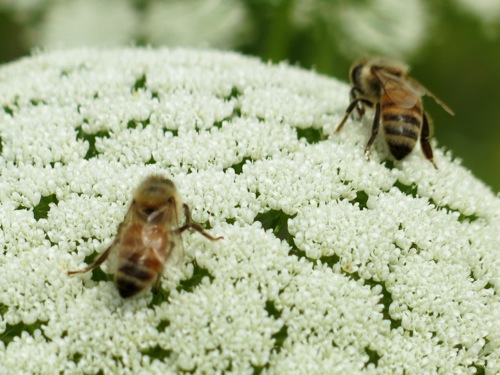
There were plenty of birds, too: Black-necked Stilts, White-faced Ibis, Snowy Egrets, Greater Yellowlegs, and many more feeding in the shallow water. As usual at Yolo Bypass, the birds were very aware that there was a human nearby, and as I got closer they moved farther away.
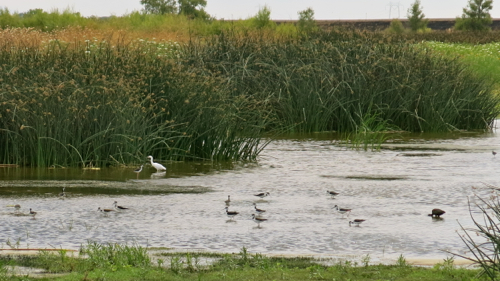
Then it was time to get back on the road. Up over the Sierras where I could see dark clouds and lightning to the east, then down into Reno where the roads were still wet from a thunderstorm. Thence up through the Humboldt River valley, with dark clouds all around. Everywhere I looked, the hills were washed with a faint green, the desert coming to life after rain. At dusk, I pulled over to get gas near Mill City, and pulled over near the exit ramp to stretch my legs. As I walked through the low grass, grasshoppers sprang to life to get out of my way, and small burrs wormed their way into my socks, and swallows swopped close to my head catching evening insects.
